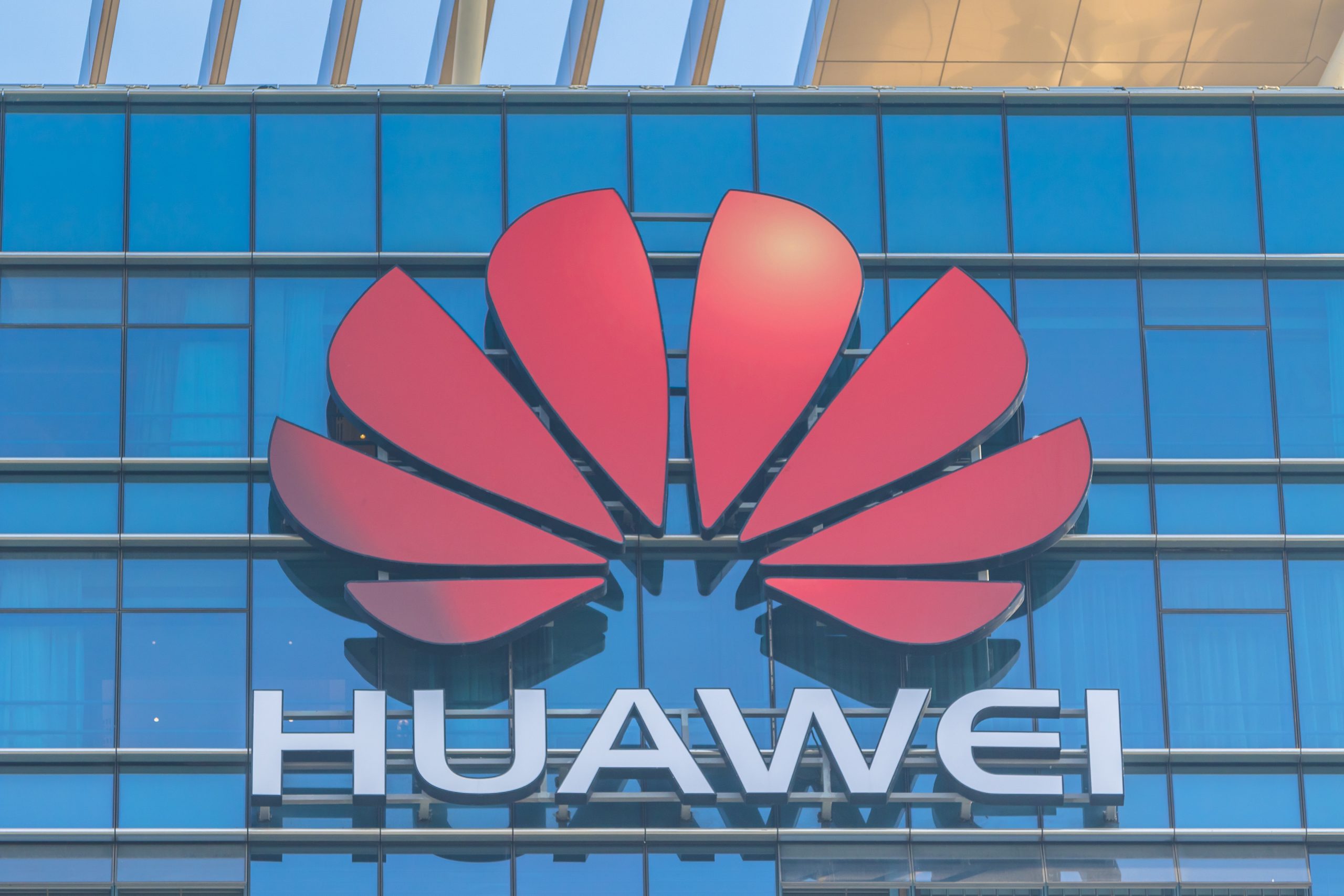Healthcare providers across the US may be forced to shore up their cybersecurity practices following new proposals from the US Department of Health and Human Services’ (HHS) Office for Civil Rights (OCR).
The proposed measures include implementing multi-factor authentication and encrypting patient data to safeguard it in case of a data breach. Organizations in the sector would also be required to undergo compliance checks to ensure their networks meet cybersecurity rules.
The proposals are now in a 60-day public comment period, during which industry players, such as healthcare firms, can provide feedback. However, the new changes won’t come cheap. Reuters reports that Anne Neuberger, the US deputy national security advisor for cyber and emerging technology, told reporters the proposals are projected to cost $9 billion in the first year and $6 billion in the following two years.
Neuberger highlighted the growing problem of ransomware in the healthcare industry, claiming that large healthcare breaches resulting from hacking and ransomware have increased by 89% and 102%, respectively, since 2019. She also pointed out how healthcare data is increasingly being traded on the dark web, “with the opportunity to blackmail individuals.”
The proposals follow several high-profile data breaches in the sector, exposing the data of hundreds of millions of Americans and disrupting treatment. In February 2024, a ransomware attack on UnitedHealth subsidiary Change Healthcare reportedly exposed the personal data of more than 100 million people and paused pharmacy services and billing.
Recommended by Our Editors
In May 2024, healthcare provider Ascension was hit with a cyberattack that brought down the IT systems at many of its hospitals, in some cases forcing doctors to use pen-and-paper records.
According to the prepared statements from Change Healthcare’s CEO Andrew Witty, hackers used “compromised credentials to remotely access a Change Healthcare Citrix portal, an application used to enable remote access to desktops.” Witty said the portal “did not have multi-factor authentication,” something that would be required under the new proposals.
Like What You’re Reading?
This newsletter may contain advertising, deals, or affiliate links.
By clicking the button, you confirm you are 16+ and agree to our
Terms of Use and
Privacy Policy.
You may unsubscribe from the newsletters at any time.

About Will McCurdy
Contributor











